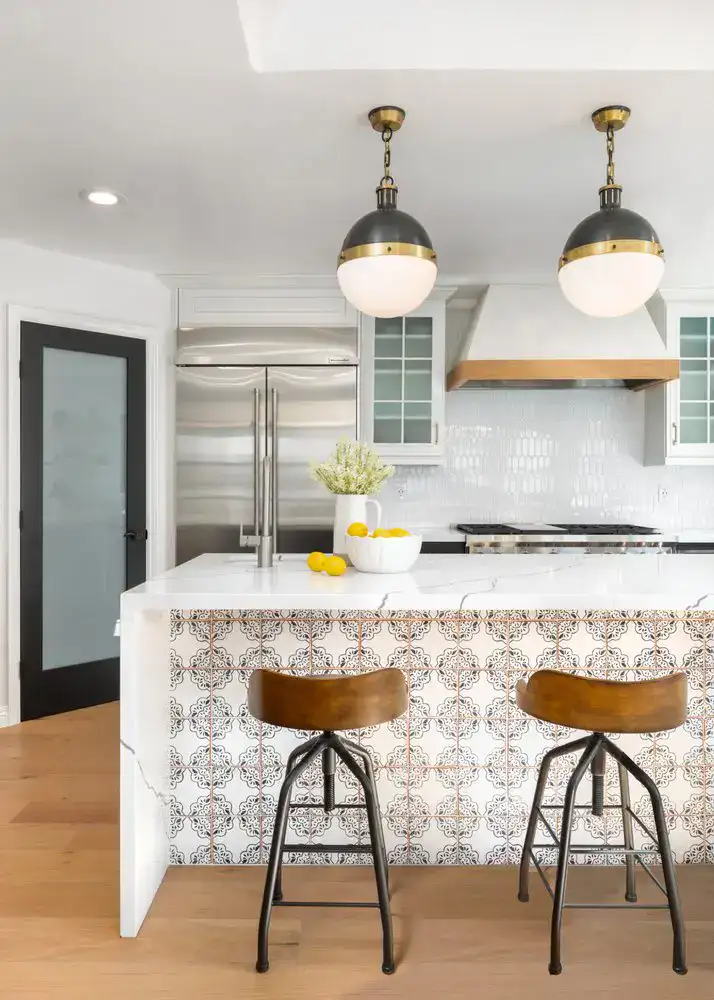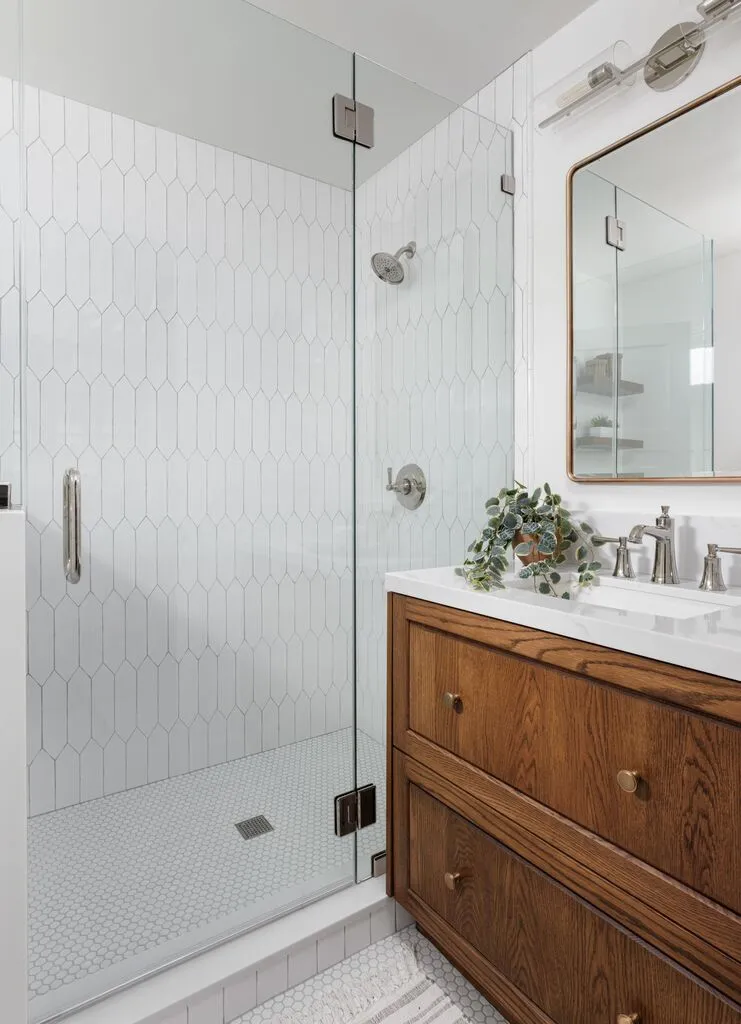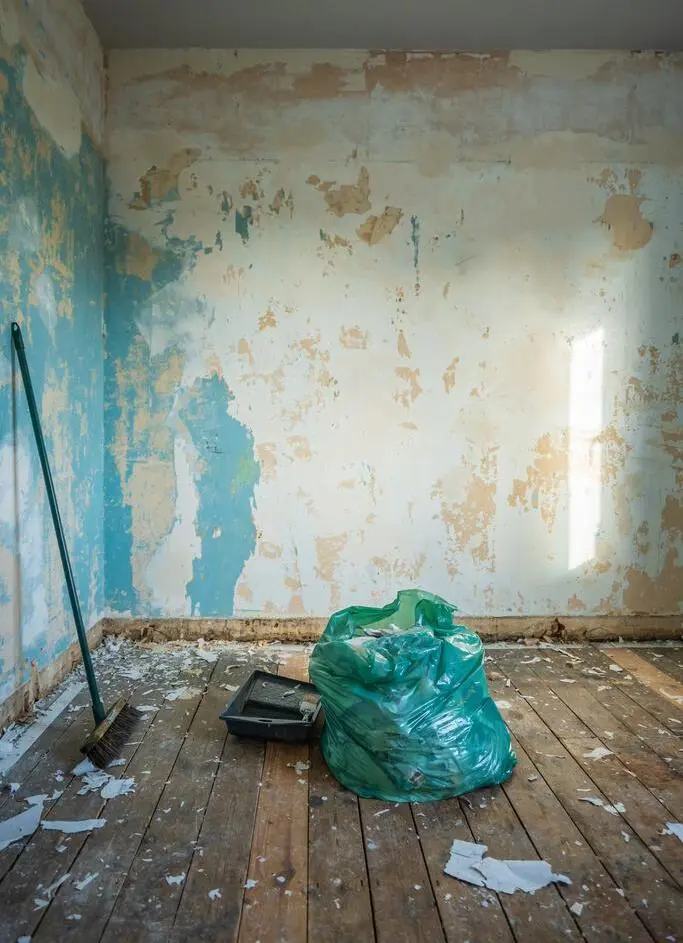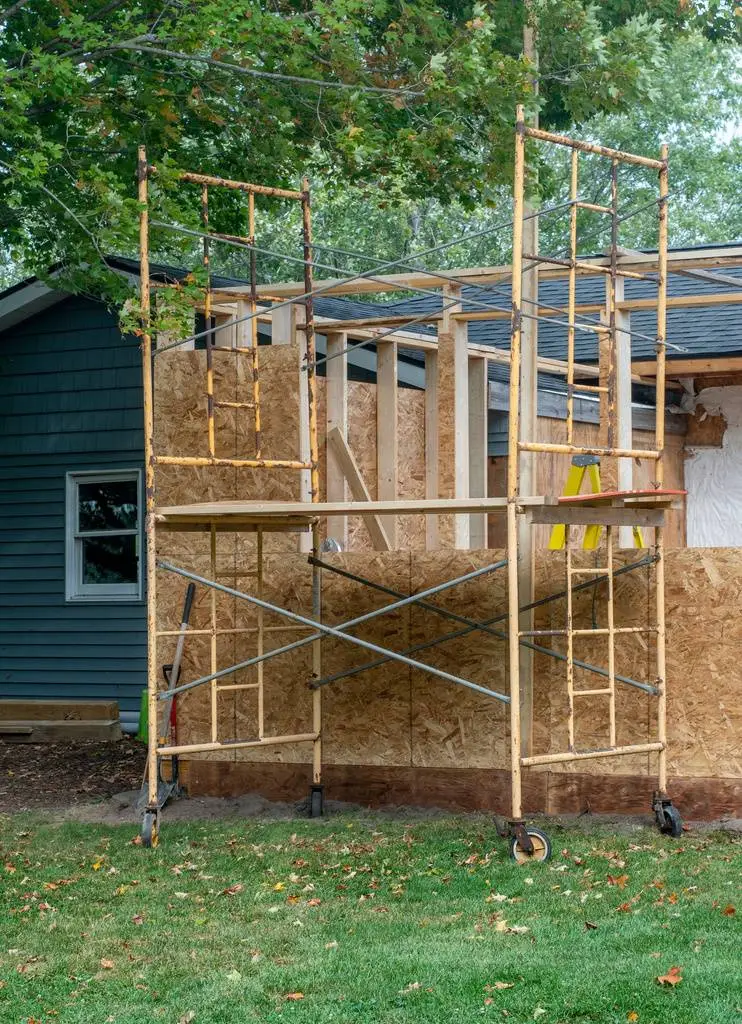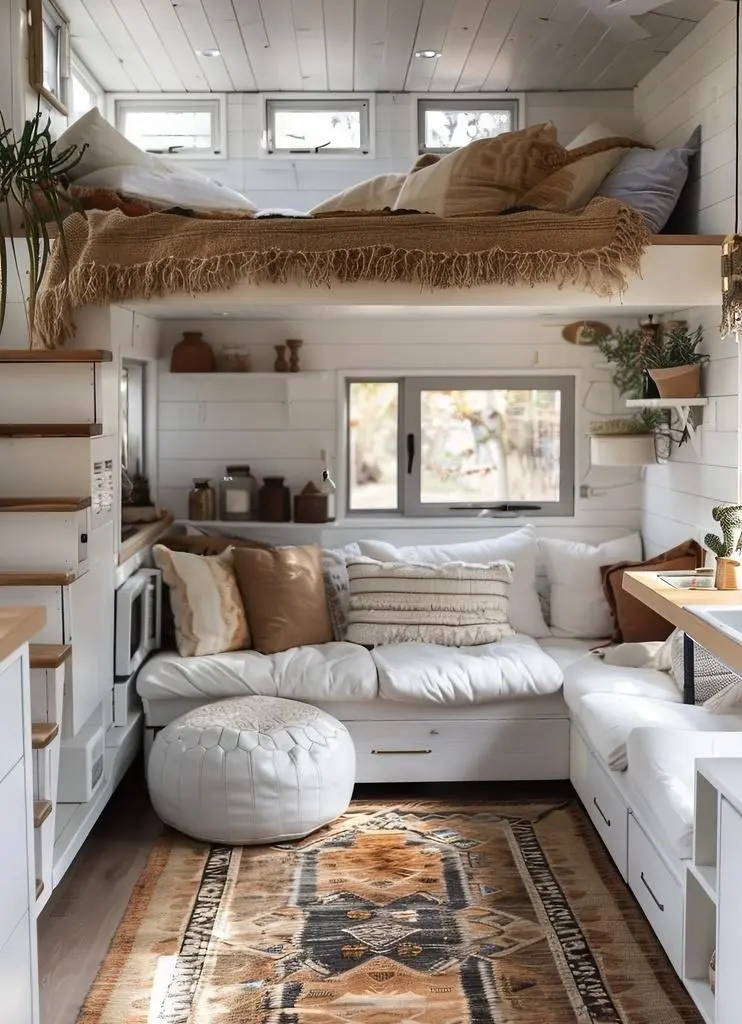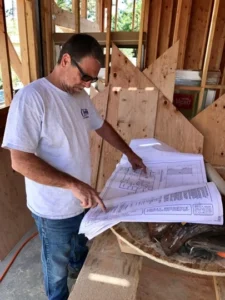Accessory Dwelling Unit
An Accessory Dwelling Unit (ADU) is a secondary, self-contained residential space located on the same lot as a primary home. These units are often smaller than the main residence and can be attached to the primary house, converted from existing spaces like garages, or built as separate, standalone structures. ADUs typically include a living area, kitchen, bathroom, and sleeping space, offering a flexible housing option that can serve as a rental unit, guest house, or living quarters for family members.
Accessory Dwelling Units in Orange County, CA:
A Smart Solution for Expanding Living Space
In the fast-growing region of Orange County, CA, where space is at a premium and housing demand is constantly rising, accessory dwelling units have emerged as a popular and practical solution. An accessory dwelling unit, often referred to as a “granny flat” or “in-law suite,” is a secondary residential space located on the same property as a primary home. These units offer a unique opportunity for homeowners to expand their living space, generate rental income, or provide housing for family members, all while enhancing the value of their property.
Accessory dwelling units in Orange County are particularly valuable due to the area’s high cost of living and limited housing availability. By building an ADU, homeowners can create additional living quarters without the need for costly and time-consuming moves. ADUs come in various forms, including attached units, garage conversions, or even standalone structures, making them a flexible option that can be tailored to fit the specific needs of the property and its occupants.
The benefits of building an accessory dwelling unit in Orange County extend beyond just added space. These units can also help address the broader housing shortage in the region by increasing the overall housing supply. Moreover, ADUs offer an affordable housing option for renters, contributing to a more diverse and accessible community.
In addition to their practical benefits, accessory dwelling units in Orange County are subject to specific regulations and guidelines that ensure they are built safely and sustainably. Local building codes, zoning laws, and design standards must be carefully followed to ensure that ADUs meet the required safety and quality standards. Homeowners interested in adding an accessory dwelling unit to their property should work closely with experienced professionals who understand the local regulations and can guide them through the planning and construction process.
Overall, accessory dwelling units in Orange County represent a smart and efficient way to maximize property use, increase home value, and contribute to the local housing market. Whether used as a rental unit, guest house, or living space for family members, ADUs offer a versatile solution that meets the needs of today’s homeowners in a rapidly evolving housing landscape.
Creative Ideas for Building an Accessory Dwelling Unit
Building an accessory dwelling unit (ADU) is an excellent way to maximize your property’s potential while providing additional living space. Whether you’re looking to create a rental unit, a guest house, or a private retreat for family members, the possibilities for designing an ADU are virtually endless. Here are a few creative ideas to consider when planning your accessory dwelling unit.
One popular idea is to convert an existing structure, such as a garage or basement, into an accessory dwelling unit. This approach can save time and money by utilizing the existing foundation and utilities. A garage conversion, for instance, can be transformed into a stylish and functional living space with an open floor plan, a small kitchenette, and a cozy bedroom area. Adding large windows or skylights can brighten the space and make it feel more expansive.
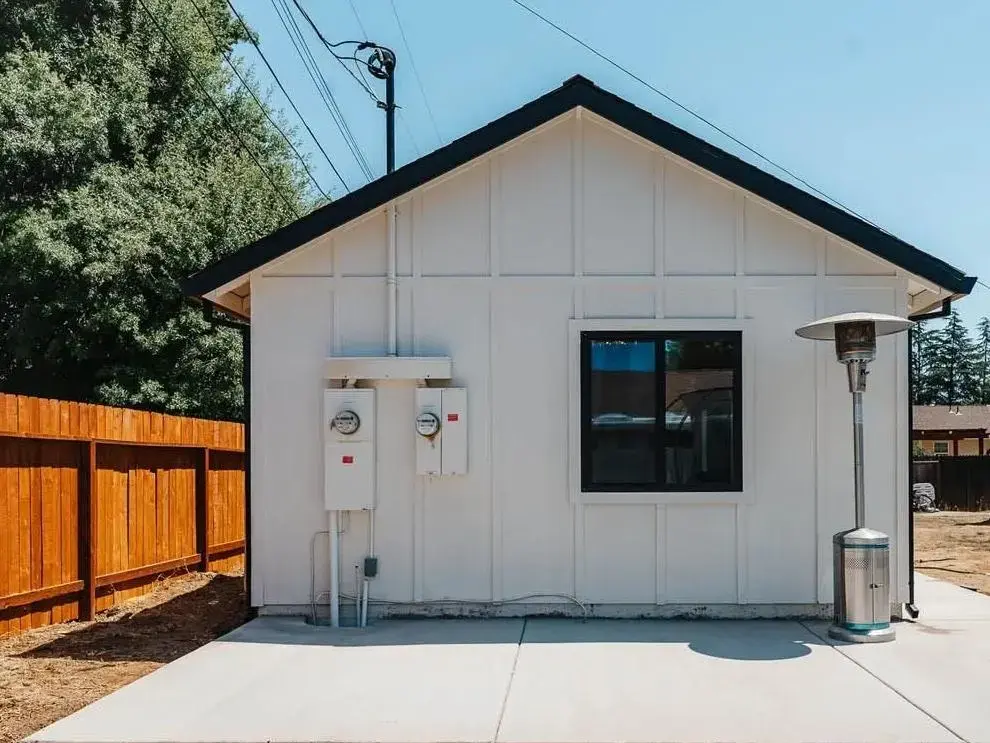
Another idea is to build a detached accessory dwelling unit in your backyard. This option offers the most privacy and can be designed to match the style of your main house or take on a completely different aesthetic. Consider a modern, minimalist design with clean lines and natural materials or a charming cottage-style unit with a porch and garden. The key is to create a space that complements your property’s overall look while providing a comfortable, independent living area.
For those with limited space, a compact, multi-functional accessory dwelling unit can be an ideal solution. Think about incorporating built-in furniture, such as a Murphy bed or fold-out desk, to maximize the available square footage. A lofted sleeping area or a split-level design can also help create a sense of separation between living and sleeping areas in a small footprint.
No matter what design you choose, it’s essential to prioritize functionality and comfort in your accessory dwelling unit. Pay attention to details like insulation, ventilation, and natural light to ensure the space is both energy-efficient and inviting. With thoughtful planning and a bit of creativity, your ADU can become a valuable addition to your property, offering flexibility and enhancing your home’s value.
Accessory Dwelling Units: Expanding Housing Options for Communities
Accessory dwelling units (ADUs), often referred to as granny flats or tiny apartments, are becoming a popular solution for homeowners and property owners looking to maximize their investment while providing additional housing options within their neighborhoods. These compact dwellings can significantly impact local communities by offering flexible housing solutions for families, residents, and rental opportunities.
Understanding ADUs and Their Requirements
An accessory dwelling unit is a secondary residence located on a single-family lot. ADUs can vary in size and design, featuring amenities like a kitchen and bathroom to accommodate small households comfortably. Before embarking on an accessory dwelling unit project, property owners must navigate a series of zoning regulations and permitting requirements that dictate their development. Each community has its own ordinances that govern the size, location, and approval process for ADUs, so understanding these provisions is crucial.
Common Questions About ADUs:
- What are the requirements for building an ADU?
- What permits are necessary for approval?
- How do ADUs impact property values and the surrounding neighborhood?
These questions are often posed by families considering an accessory dwelling unit as a means of increasing their living space or as an investment in rental housing. Various resources are available to assist in this assessment, including local government websites and ADU development teams specializing in compliance and project management.
The Benefits and Challenges of ADUs
ADUs offer numerous advantages for homeowners, including increased property value and a potential income stream through rentals. They provide additional housing options for families and individuals seeking affordable housing within established communities. However, property owners must also consider the costs associated with building an accessory dwelling unit, including construction, permits, and ongoing maintenance or repairs.
Despite these challenges, many communities are witnessing a shift toward more inclusive housing policies that encourage the development of accessory apartments. By simplifying the permitting process and reducing compliance barriers, local governments can foster a more robust housing market catering to diverse households.
Planning and Design Considerations
When planning an accessory dwelling unit project, homeowners should evaluate their budget, location, and the overall impact on their property and neighborhood. Collaborating with experienced services and professionals can lead to well-thought-out floor plans that maximize the dwelling’s functionality. Each project must address key aspects such as:
- Size and layout: Ensuring the ADU fits within the space available while meeting all zoning regulations.
- Integration: Designing the unit to harmonize with the primary residence and surrounding homes.
- Amenities: Including essential features like a fully functional kitchen and bathroom to enhance livability.
In conclusion, accessory dwelling units are a viable solution for increasing housing options in many communities. By understanding the requirements, navigating the permit process, and leveraging available resources, property owners can effectively contribute to the housing landscape while making smart investments in their homes. As more residents embrace the concept of ADUs, the potential for improved housing diversity and affordability continues to grow, making them an essential component of modern development strategies.
Your Safety is Our Priority
When building an accessory dwelling unit, safety must be a top priority to ensure the well-being of future occupants and the longevity of the structure. Proper planning and adherence to local building codes are essential to create a safe living environment. This includes ensuring that the construction site is prepared correctly, with stable foundations and adequate drainage systems to prevent issues like flooding or soil erosion. Additionally, using high-quality, durable materials can help minimize risks associated with structural integrity and potential hazards like fire or water damage.
Electrical and plumbing systems also play a critical role in safety when building an accessory dwelling unit. All installations should be completed by licensed professionals who understand the complexities of modern building standards. Proper ventilation, smoke detectors, and fire escapes are essential safety features that should not be overlooked. By prioritizing safety during the construction process, homeowners can create a secure, comfortable, and compliant accessory dwelling unit that provides peace of mind for both the builder and the occupants.
Benefits of Hiring a Local Builder
When considering an accessory dwelling unit, partnering with experienced contractors is essential to ensure a smooth construction process. A reputable company can provide a range of services tailored to meet the specific needs of their customers. By offering quality products and expert service, these professionals help guide people through every stage of the renovation, addressing any questions that may arise. With their wealth of experience, contractors can present clients with various options, highlighting the benefits of each to aid in decision-making.
Positive reviews from previous projects often reflect their value, showcasing successful results that enhance the accessory dwelling unit’s functionality and aesthetics. Paying attention to the details of the remodel can lead to satisfying outcomes that resonate with clients, ensuring their new accessory dwelling unit meets both practical needs and personal style.
Hiring OC Home Builders, Inc. has several advantages, such as supporting our local community small businesses and ensuring the job is done accurately and up to building codes. Our team of PROS has the experience, skill, and knowledge to tackle your HOME improvements. Whether you need a complete home renovation, a tiny home trailer, or something in-between.
OC Home Builders is a reputable Family-Owned home renovation and remodeling business. You can contact our team anytime for a free in-house estimate to discuss your home renovation needs. OCHB is bonded, insured, and committed to excellent customer care.
Established in 2004, we continue building dreams. No job is too big or too small. We serve the local community and the surrounding Orange County area. If you want to hire a qualified contractor who truly cares about the END RESULT and your complete satisfaction, contact us at (714) 330-9031 or visit our CONTACT PAGE and ask for a quote or schedule an appointment TODAY!

